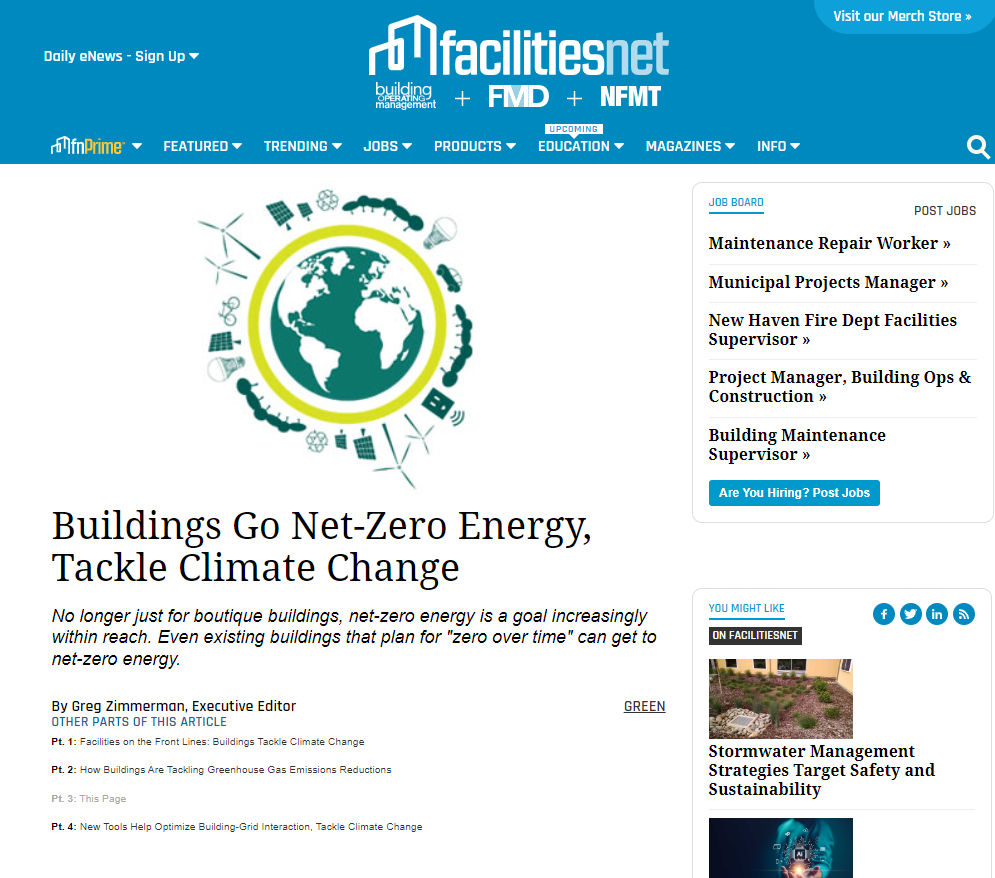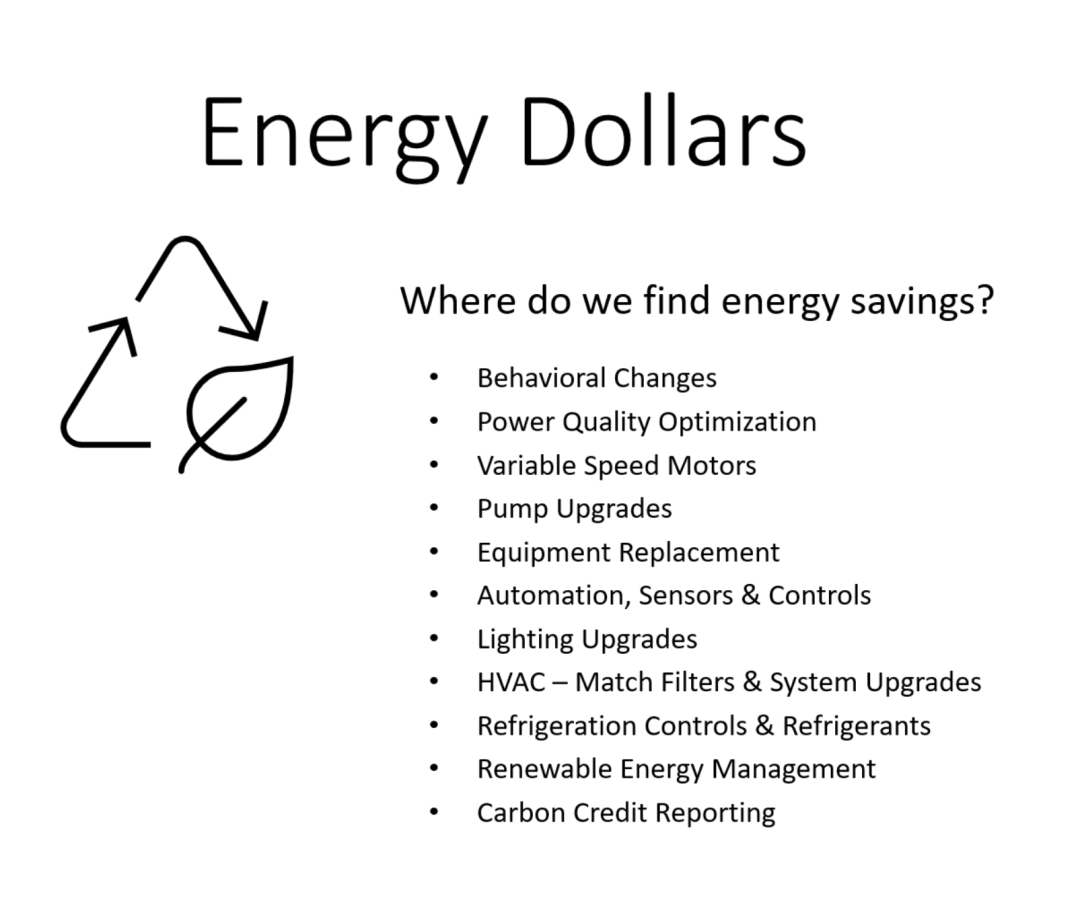Digging for Energy Dollars in Buildings
Finding Money in Buildings
We have all seen him on vacation. That older man walking on the beach in the hoodie that’s too big with a metal detector and a spade. Will he make any money? Odds are not much. His ‘treasure’ will likely be loose change, faux jewelry, maybe a gold chain that he will pawn to convert to cash.
But there have been amazing finds. “Detectionists” have unearthed treasures including archaeologically and historically significant coins, bronze age tools, and gold that resulted in life-changing financial impact! What if we could let the “detectionists” know where to go detecting? What if you could just text them the GPS location and a note?
“34.531761489248545, -83.98494815628628 – Find 20-30 pcs of Civil War era coins near the railroad tracks at this location.” That would sell a lot of metal detectors!
We can do that for buildings.
“The data from energy monitoring is like the metal detector guy getting a text on where the most gold is buried.”

The fastest way to get to net-zero is to stop wasting the energy that you are already paying for. ™
Pump Upgrade Saves $17,000 +
Park Hyatt hotel in Toronto, Ontario, ran an improvement project to reduce energy use. Armstrong replaced a single pump with a Design Envelope DEPM pump.
Result: The new pump reduced energy usage by 60%, delivering $17,626 a year in savings, and a 16,452 kg CO2 reduction.
Monitoring energy and then targeting the highest impact opportunities is the logical first step in the process of moving an existing building to Net-Zero.

“Net zero energy is also feasible in existing buildings through efficiency upgrades and operations monitoring to ensure that energy demand is minimized,” says Alexi Miller, senior project manager and engineer with New Buildings Institute.
Monitoring Energy Matters
Validating Impact
Being able to identify quick hit and high impact energy projects is one benefit of monitoring. Projecting and verifying impact are important now, but they will be a requirement for participating in the carbon economy.
Miller added, “These results must be measured and verified, proving the value of energy efficiency, as well. For too long, building energy performance relied on modeled predictions about how much energy the building would use. Often those models would fall short. With the pressure of climate change increasing, it has become critical that we confirm that actual energy use and carbon reductions are being achieved.”

Other Ways That Seeing Your Energy Delivers Financial Impact
We’ll take a deeper dive next week as we dig deeper into energy savings projects that hit the bottomline in a good way.
Here are some areas where we look for gains from the data gathered through energy monitoring.
“You can’t improve what you don’t measure.”



